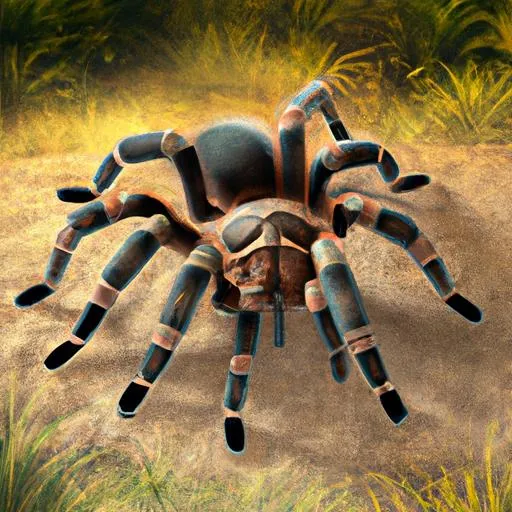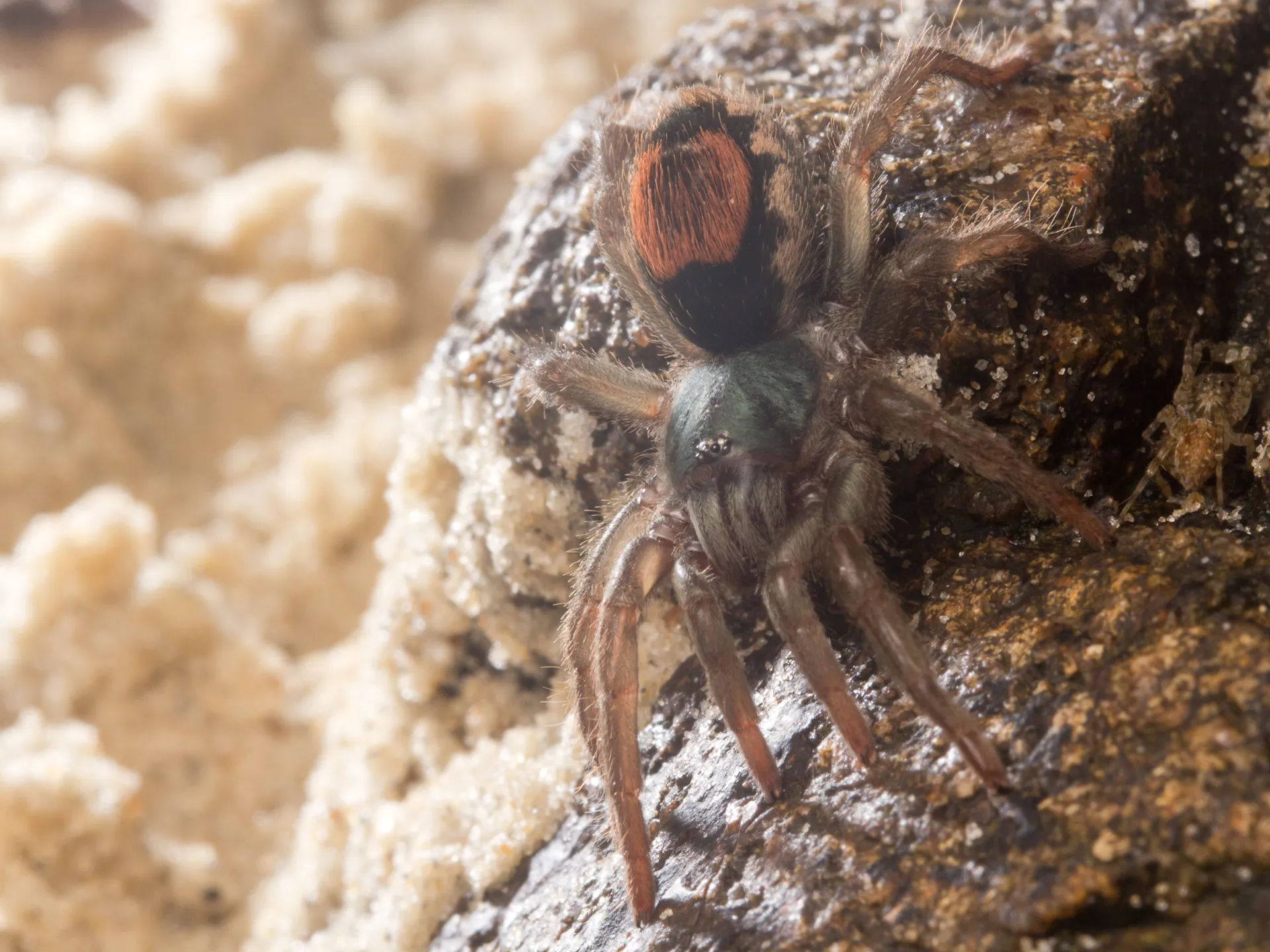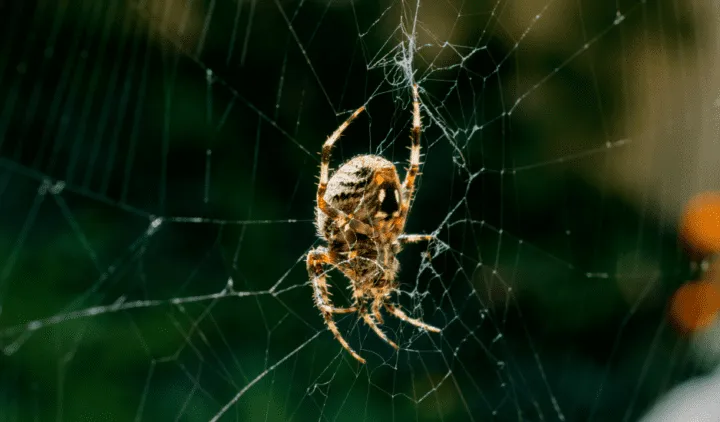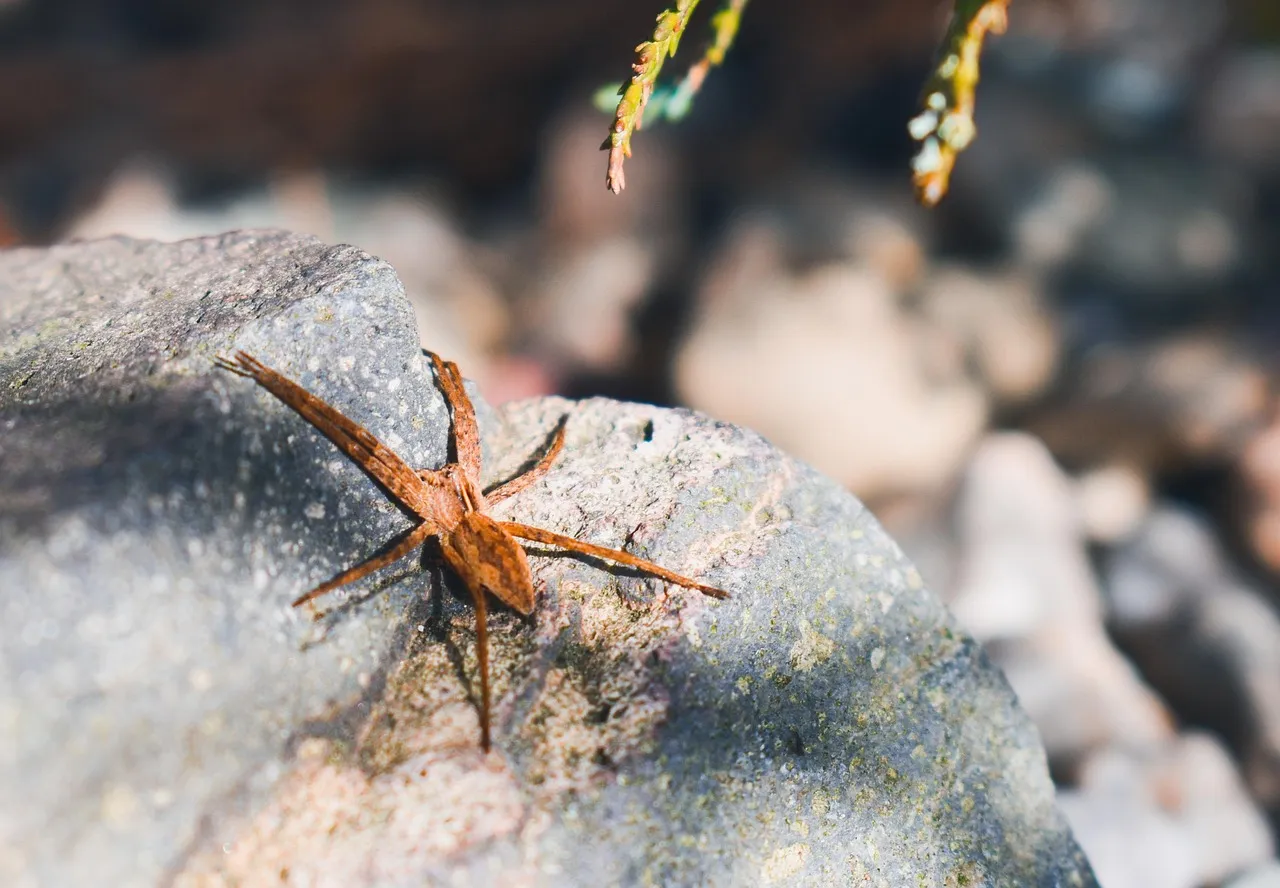Tarantula Spiders Top 5 Facts You Need To Know
Tarantulas, the impressive and often misunderstood arachnids, have captivated human interest for centuries. These large, hairy spiders are found in various habitats around the globe and are a testament to the diversity of the natural world. This article, inspired by the extensive research and stunning photography of National Geographic, delves into five fascinating facts about tarantula spiders, revealing the secrets behind their survival, behavior, and the vital role they play in their ecosystems. From their imposing size and venom to their complex life cycles and conservation status, we will uncover the truth behind these captivating creatures.
What are Tarantula Spiders
Tarantulas belong to the Theraphosidae family, a group of spiders known for their large size and generally hairy appearance. Unlike many other spiders, tarantulas are relatively long-lived, with some species surviving for over 20 years in captivity. They are found in tropical and subtropical regions worldwide, including the Americas, Africa, Asia, and Australia. Their bodies are divided into two main parts, the cephalothorax (fused head and thorax) and the abdomen, and they have eight legs, two pedipalps (used for sensing and manipulating prey), and eight eyes. These spiders are primarily nocturnal hunters, using their keen senses to detect prey.
The Size and Appearance of Tarantulas

One of the most striking features of tarantulas is their size. Some species can have a leg span of over 10 inches, making them some of the largest spiders in the world. Their bodies are covered in dense hairs, which serve various purposes, including sensory perception, defense, and thermoregulation. The color of tarantulas varies depending on the species and habitat, ranging from earthy browns and blacks to vibrant blues and oranges. These colors often provide camouflage, helping them blend in with their surroundings and ambush unsuspecting prey. Some species also exhibit sexual dimorphism, with males and females having different appearances.
Habitat and Distribution
Tarantulas are found in a variety of habitats, including rainforests, grasslands, deserts, and even burrows in the ground. Their distribution is primarily limited to warmer climates, as they are ectothermic, meaning they rely on external sources of heat to regulate their body temperature. Different species have adapted to specific environments, with some being terrestrial, others arboreal (living in trees), and some even semi-aquatic. National Geographic has extensively documented the diverse habitats of tarantulas, showcasing their ability to thrive in various conditions. The availability of suitable shelter, food, and climate are key factors determining their distribution.
What Do Tarantula Spiders Eat
Tarantulas are primarily carnivorous, feeding on a wide range of prey. Their diet typically consists of insects, such as crickets, cockroaches, and beetles, but they will also consume larger animals, including small lizards, frogs, and even birds and mammals. They use their fangs to inject venom, which paralyzes and begins to digest their prey. The spider then uses its chelicerae (mouthparts) to break down the prey further, sucking up the liquid nutrients. The hunting strategies of tarantulas vary, with some actively stalking their prey and others ambushing them from burrows or concealed locations. The size and type of prey depend on the size and species of the tarantula.
How Tarantulas Defend Themselves

Tarantulas have several defense mechanisms to protect themselves from predators. One of the most common is the urticating hairs, which are barbed hairs that the spider flicks at potential threats. These hairs cause irritation and discomfort upon contact, deterring predators. Some species also have the ability to bite, injecting venom that can cause pain and localized effects, although tarantula venom is generally not lethal to humans. They also employ defensive postures, such as raising their front legs and displaying their fangs, to appear larger and more intimidating. Their camouflage also plays a vital role in avoiding detection from predators.
Fact 1 Unveiling the Venom
Contrary to popular belief, tarantula venom is generally not deadly to humans. The venom is primarily used to subdue prey, and while a bite can be painful and cause localized swelling, it is rarely life-threatening. The effects of a bite vary depending on the species and the individual’s sensitivity. Some people may experience mild symptoms, while others may have more severe reactions. Research by National Geographic and other scientific organizations continues to study the composition and effects of tarantula venom, with the aim of understanding its potential medical applications.
Fact 2 The Molting Process
Like all arthropods, tarantulas must molt, shedding their exoskeleton to grow. This process, also known as ecdysis, is a crucial part of their life cycle. Before molting, the spider will create a new, soft exoskeleton beneath its old one. It then lies on its back, and its exoskeleton splits open, allowing it to slowly crawl out. The molting process can take several hours, and the spider is vulnerable during this time. After molting, the spider is significantly larger and its new exoskeleton gradually hardens. National Geographic photographers have captured the dramatic beauty of the molting process, showcasing the resilience and adaptability of these creatures.
Fact 3 Lifespan and Longevity

Tarantulas are known for their long lifespans, especially the females. Some species can live for over 20 years in captivity, while males typically have shorter lifespans, often only surviving for a few years after reaching maturity. The lifespan of a tarantula depends on several factors, including species, environmental conditions, and diet. The longevity of these spiders makes them a fascinating subject of study, and the National Geographic has often featured stories of long-lived tarantulas in both the wild and in captivity.
Fact 4 Tarantulas as Pets
Tarantulas have become increasingly popular as pets in recent years. Their relatively low-maintenance requirements and unique appearance make them attractive to many hobbyists. However, it’s essential to research and understand the specific needs of a tarantula before acquiring one. Proper housing, temperature, humidity, and diet are crucial for their well-being. The handling of tarantulas should be done with caution, as they can bite or flick urticating hairs if they feel threatened. National Geographic has provided valuable insights into responsible tarantula ownership, promoting the ethical treatment of these animals.
Fact 5 Conservation Status
While many tarantula species are not currently endangered, some face threats from habitat loss, the pet trade, and climate change. The illegal collection of wild tarantulas for the pet trade is a significant concern, and conservation efforts are needed to protect vulnerable populations. Organizations like National Geographic actively support research and conservation initiatives aimed at understanding and protecting tarantulas and their habitats. Raising awareness about the importance of tarantulas and their role in ecosystems is vital for ensuring their survival for future generations. Protecting their habitats is another critical part of conservation.
Conclusion

Tarantula spiders are remarkable creatures, deserving of respect and admiration. Their unique adaptations, diverse habitats, and complex life cycles make them a captivating subject of study. Through the lens of National Geographic and scientific research, we have gained a deeper appreciation for these fascinating arachnids. By understanding their behavior, conservation status, and the importance of their role in the ecosystem, we can contribute to their protection and ensure their survival for generations to come. The more we learn about tarantulas, the more we appreciate their beauty and the vital role they play in the natural world.
